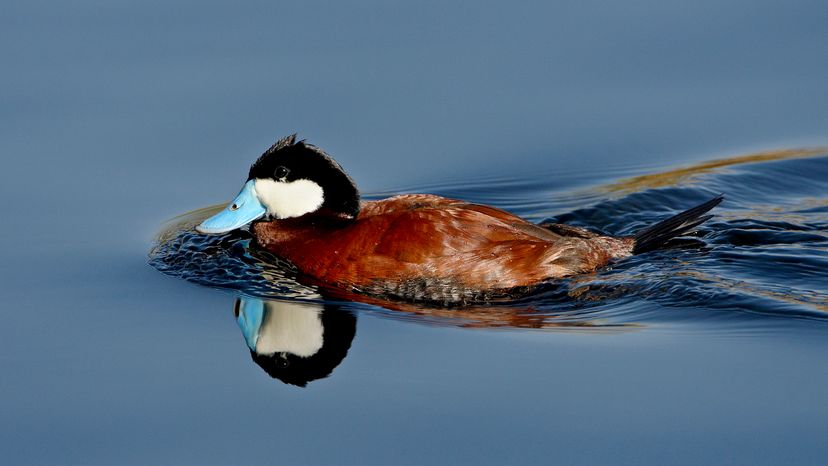
Key Takeaways
- There are three main types of ducks: dabbling, diving and perching, each classified by their habitat and behavior.
- Dabbling ducks feed on the water's surface, diving ducks plunge below the surface for food and perching ducks nest in trees.
- Examples of diving ducks include the ruddy duck, mergansers and the harlequin duck, each with unique characteristics and habitats.
There are three types of ducks: dabbling, diving and perching. Wild ducks are classified based on their habitat and behavior.
Dabbling ducks live in shallow waters and forage on the shore for aquatic plants; diving ducks are the best swimmers and can even dive for fish. Perching ducks are excellent flyers and roost in trees.
Advertisement
Advertisement